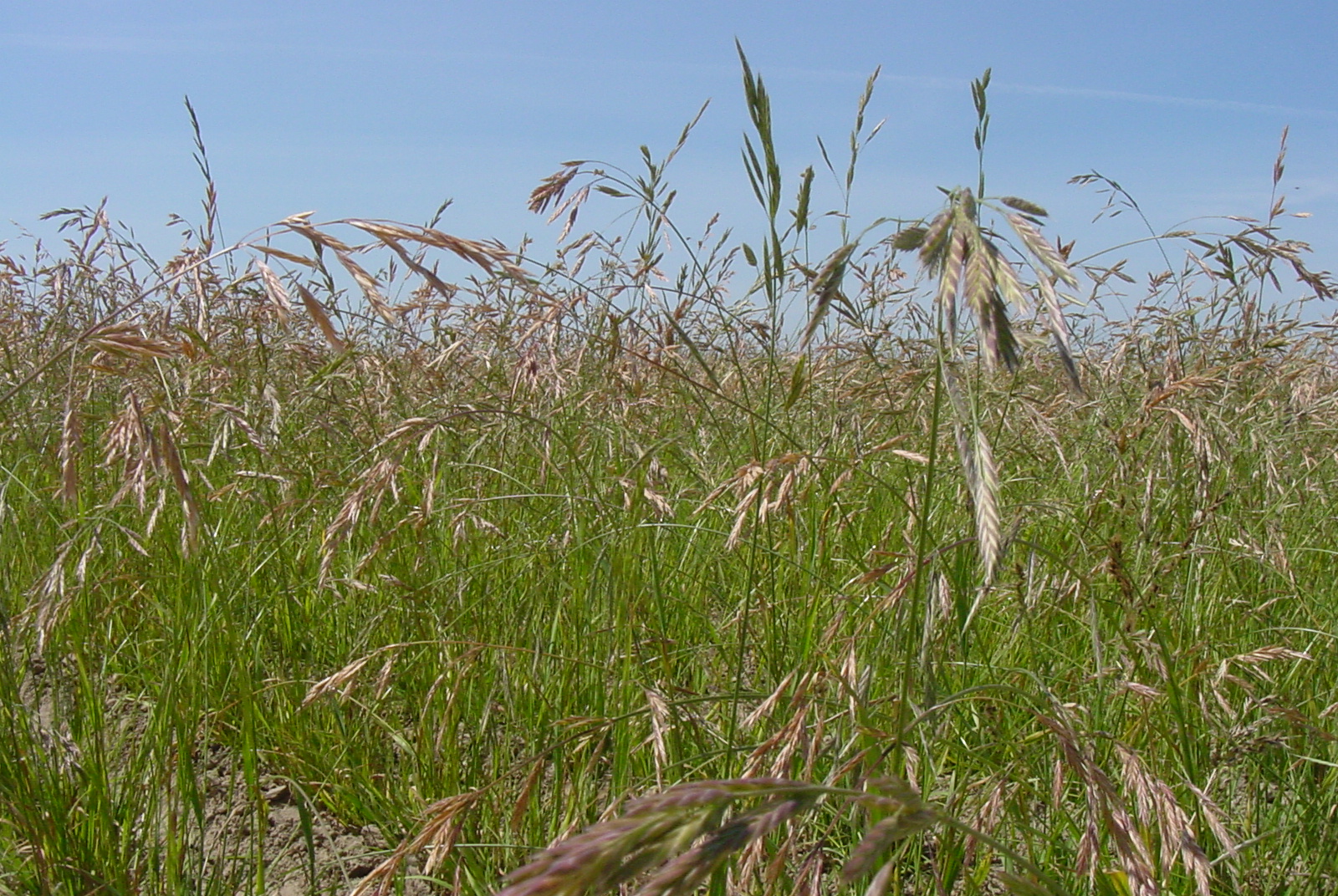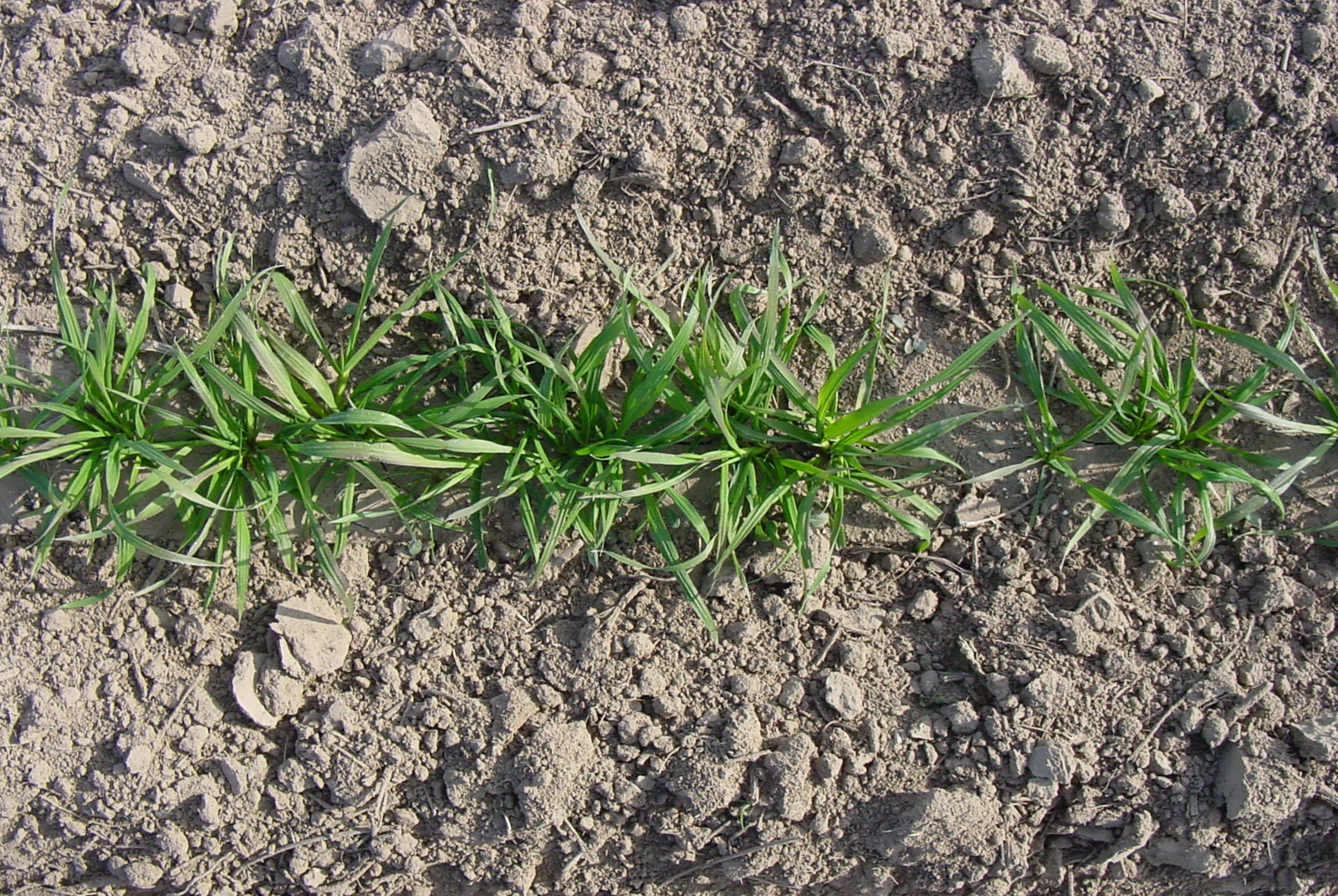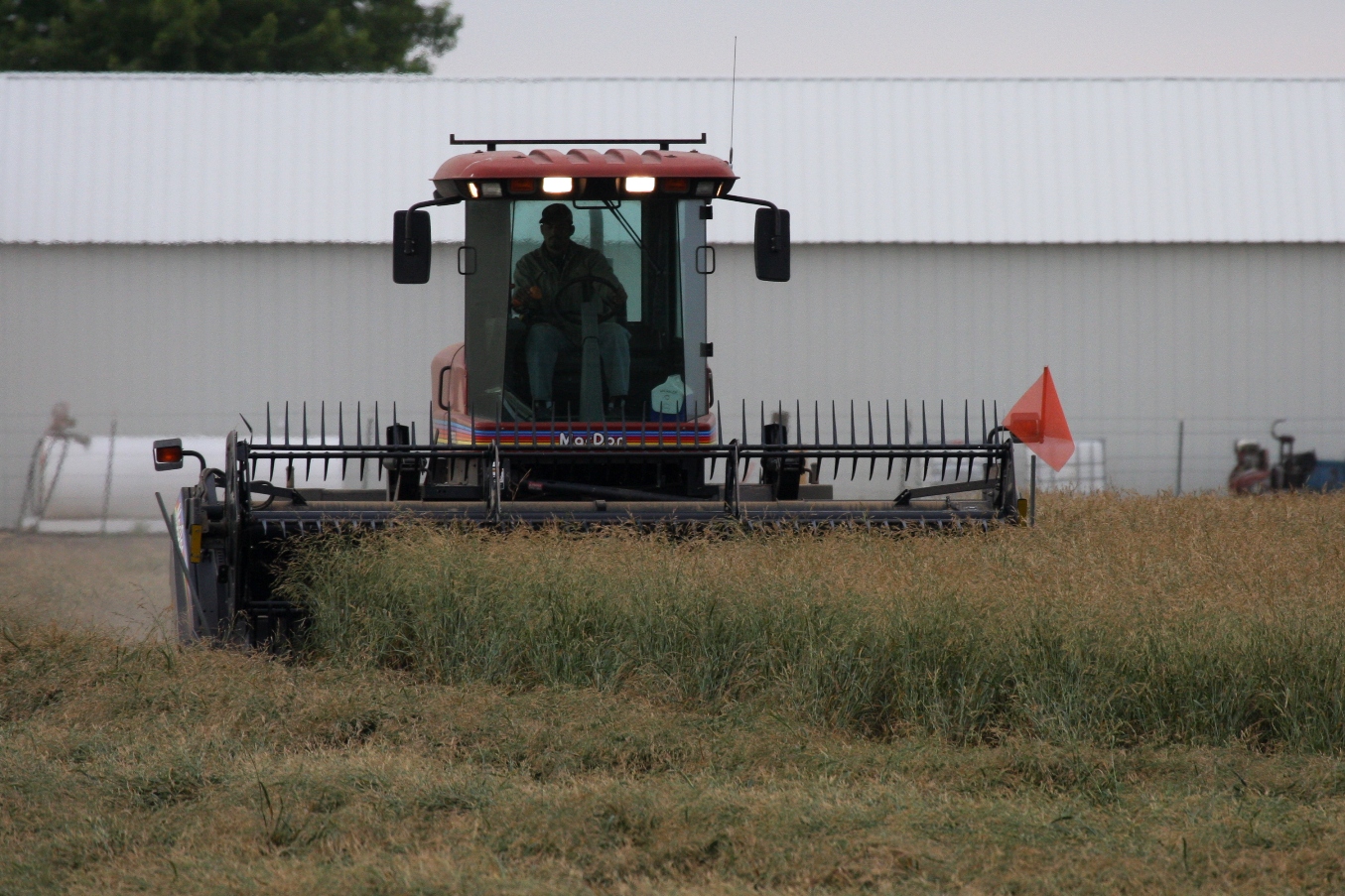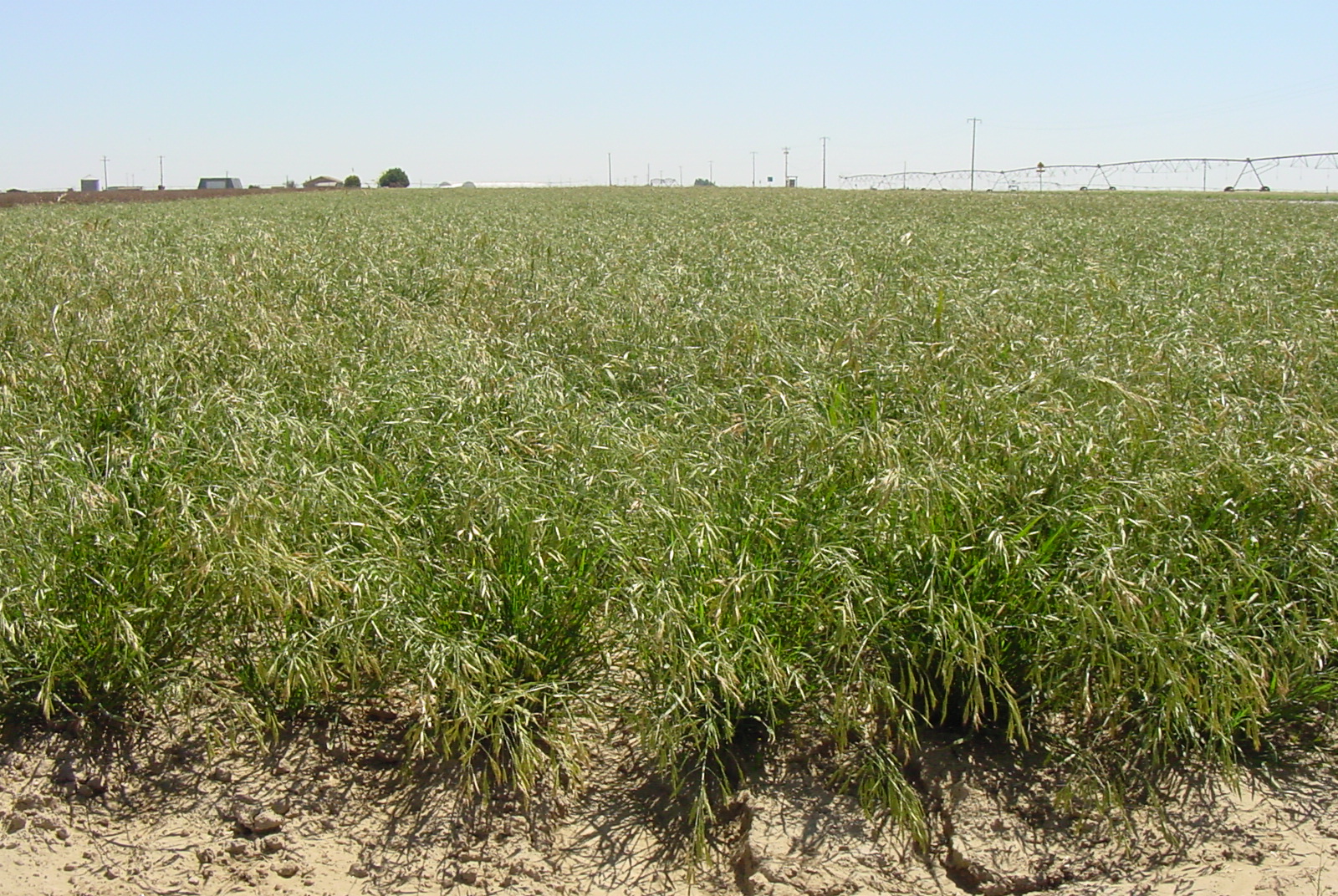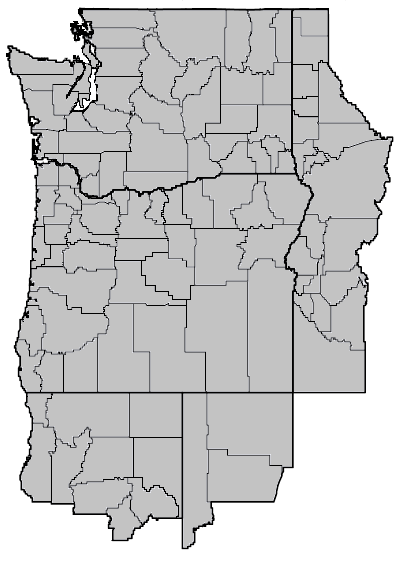Bromus marginatus (Mountain brome)
Cool season, short-lived, perennial bunchgrass adapted to a wide spectrum of relatively moist soils including thin, infertile sites. Intolerant of high water tables. Establishes quickly and easily on disturbed sites. Common on foothills and mountain valleys and has good shade tolerance. Performs well at elevations up to 10,500 ft. Good palatability to livestock and excellent wildlife forage. Varieties listed below.
DISTRIBUTION / ADAPTATION
INFORMATION & ATTRIBUTES
Family: Poaceae
Duration: Perennial, short lived
Growth Habit: Graminoid
Native Status: Native
Season: Cool season
Growth Form: Bunchgrass
Mature Height: 48 in.
Annual Precipitation: 10-20 in.
Drought Tolerance: Medium
Shade Tolerance: Intolerant
Elevation:
Fire Resistance: No
Fire Tolerance: Low
SOIL ADAPTATION
Coarse Texture: Yes
Medium Texture: Yes
Fine Texture: No
Salinity Tolerance: High
CaCO3 Tolerance: Medium
pH Range: 5.5-8.0
SEEDING NOTES
Seeds per Pound: 64,000
Seeding Rate: PLS lbs/acre 12-19
Season: Spring/Fall
Days to Germination:
VARIETIES & LOCAL ACCESSIONS
Bromar - Tall, leafy and late-maturing. Yields abundant forage and heavy seed. Used in mixtures throughout the western U.S. on upland or montane sites. (Released 1946, origin: Whitman County, WA)
Garnet - Good longevity, ease of establishment and productivity of both forage and seed. Exhibits better overall vigor and longevity than Bromar. Very winter hardy. Resistant to head smut. (Released 2000, origin: Powell County, MT)
UP Cold Springs - Source Identified selection originating on the Uncompahgre Plateau in western Colorado, averaging 16-18 in. annual precipitation.

